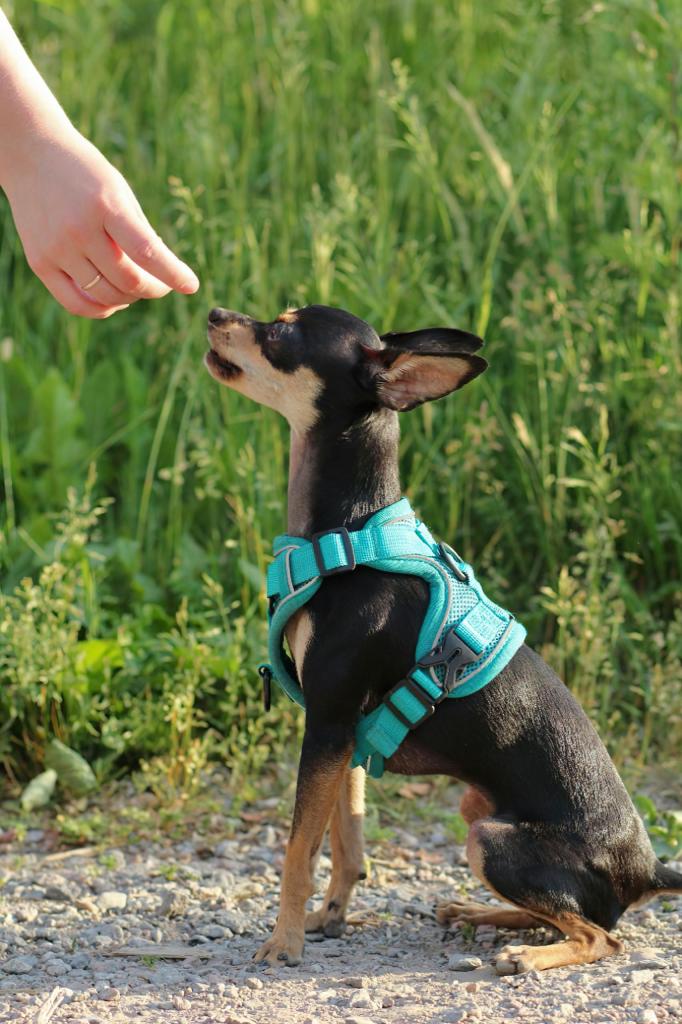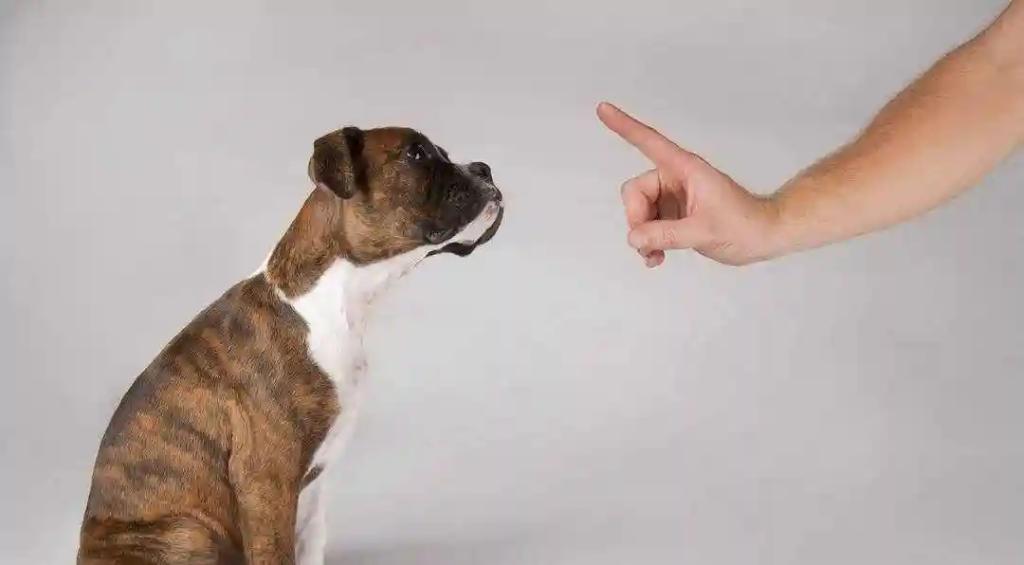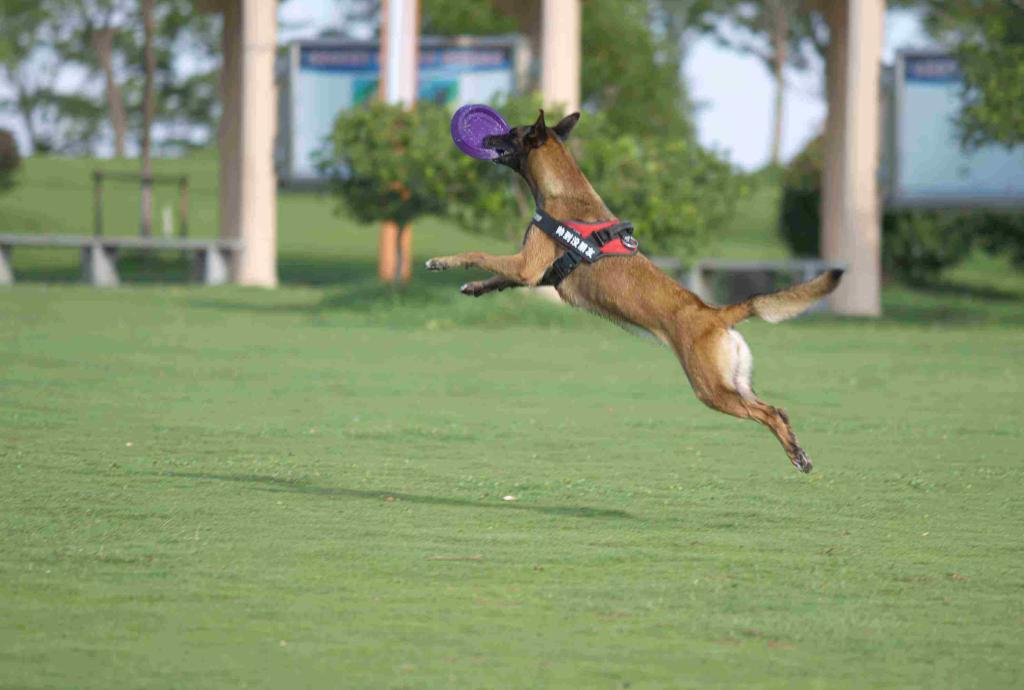Master These Three Points of Dog Training, and Your Dog Will Gradually Become Obedient
Dogs are the most successfully domesticated animals by humans. Other animals domesticated by humans obey simply to obtain food. Once they no longer receive food from humans, it is virtually impossible to command them. Dogs, however, are unique. They are not motivated solely by food. The magic of dogs lies in their instinctive desire to please their owners. Food accounts for only 50% of their needs; the remaining 50% consists of praise from their owners and the joy they bring to them.
This instinct to please their owners includes cooperating with training, which is something other animals do not possess. The history of dog training is very long. Have people in the past summarized any experience in dog training over such a long period? Yes! Today, I will share with you the three key elements of dog training. By mastering these three points, you can train your dog more quickly and make your dog more obedient.

Point One: Indoor Before Outdoor
For most individual dog owners, the best time to train a dog is between 3 months and 1 year of age. Dogs in this stage are the easiest to train because they have an insatiable appetite for food. Even using dog food as a reward during training can be effective.
However, this is also the period when dogs are most curious. Therefore, I suggest starting with indoor training to teach your dog some basic skills, such as sitting, shaking hands, and lying down.
The main reason for starting indoors before moving outdoors is that indoor training is quieter and has fewer distractions for the dog. The initial stage of training is crucial for laying a solid foundation for your dog. If you start training outdoors, the noisy environment may distract your dog and make it difficult to focus on training.

Point Two: Start Simple, Then Move to Complex
As mentioned earlier, the initial stage of training is about building a foundation for your dog. However, you must be patient. If your dog hasn’t yet mastered basic skills like sitting and lying down, it is unrealistic to expect it to learn more complex skills like catching a frisbee or even counting.
You should start with simple skills, such as teaching your dog to sit. These basic skills are not just about getting your dog to sit or lie down; more importantly, they help cultivate your dog’s interest in training and establish a proper owner-pet relationship.
Once your dog has learned these simple skills, it will understand that cooperating with you during training can earn it food and praise. With this foundation, your dog will be more receptive to learning more complex skills. If you start with complex skills right away, your dog may become resistant.
Point Three: Train According to Your Dog’s Personality
After mastering the first two points, you also need to understand your dog’s personality. Just like humans, dogs have different personalities. Some are lively, some are calm, and some are even mischievous.
Whether training indoors or outdoors, if your dog is very energetic, I suggest taking it for a run first. When your dog is almost tired, start the training. At this point, its energy is mostly spent, and it may also be a bit hungry. The training effect will be much better than if you start training directly.
If your dog is of a calm nature, it may be reluctant to move during training. This can be easily resolved. Owners can withhold food for a while and then use food to motivate their dog’s enthusiasm for training.

In fact, the owner is the best teacher for a dog. Some owners lack patience and are unwilling to learn, sending their dogs to so-called pet training schools without a second thought. However, have you ever considered that your pet will live with you for decades, not the dog trainers at the school?
If you can train your dog personally, it will strengthen the bond between you and your dog. Therefore, please be sure to understand the three key elements of dog training mentioned above. This will make your dog more obedient.
Let me reiterate: the owner is the best teacher for a pet! So, I hope that while raising pets, owners can be more patient and less impatient. I am grateful for every responsible pet owner.